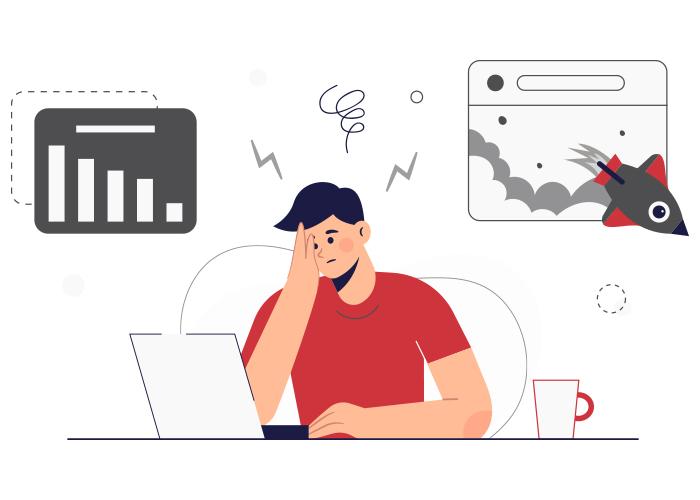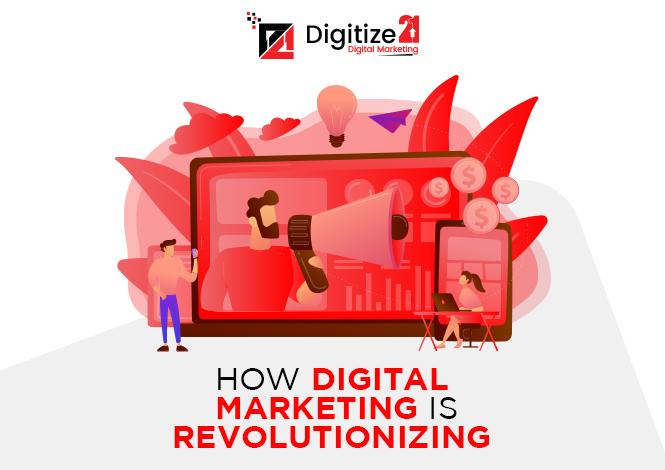Future of Graphic Designing After AI
The world of graphic design is undergoing a radical transformation, thanks to the advent of Artificial Intelligence (AI). This cutting-edge technology is not just a buzzword anymore; it’s reshaping industries, and graphic design is no exception. But what does this mean for designers, clients, and the future of the industry? In this article, we’ll delve into how AI is influencing graphic design, the potential benefits, challenges, and what the future might hold.
What is AI in graphic design?
AI in graphic design refers to the use of artificial intelligence technologies to aid and enhance the design process. This includes everything from automating repetitive tasks to generating design suggestions based on data analysis. AI can analyze vast amounts of data at lightning speed, offering insights and efficiencies that were previously unimaginable.
The Current Landscape of Graphic Design
Before diving into the impact of AI, it’s essential to understand the current state of graphic design. Traditionally, graphic design has been a manual, creative process requiring a high level of skill and creativity.
Designers use various tools and software to create visual content that communicates messages effectively. This industry has always been about pushing creative boundaries, but it also involves a lot of time-consuming tasks.
How AI is Transforming Graphic Design
Automation of Repetitive Tasks AI can take over mundane tasks like resizing images, choosing color schemes, and even selecting fonts. This automation allows designers to focus more on the creative aspects of their work.

Enhanced Creativity
AI tools can analyze current design trends and suggest new design elements, providing a fresh perspective and helping designers stay ahead of the curve.
Personalization AI can analyze user data to create highly personalized designs tailored to specific audience preferences, enhancing user engagement and satisfaction.
Benefits of AI in Graphic Design
Increased Efficiency by automating repetitive tasks, AI allows designers to work faster and more efficiently, meeting tight deadlines without compromising on quality.
Cost-Effective
AI tools can reduce the need for extensive manual labor, potentially lowering costs for clients and making high-quality design more accessible.
Consistency
AI ensures consistency in design elements, which is crucial for branding and maintaining a cohesive visual identity across various platforms.
Challenges and Concerns
Job Displacement:
One of the significant concerns is the potential loss of jobs due to automation. While AI can handle many tasks, the creative intuition of a human designer is irreplaceable.
Learning Curve:
Adopting AI tools requires learning new skills, which can be daunting for some designers accustomed to traditional methods.
Ethical IssuesAI-generated content raises questions about originality and intellectual property.
AI Tools for Graphic Designers
Several AI-powered tools are revolutionizing the graphic design industry:
Adobe Sensei integrates AI and machine learning into Adobe’s creative tools.Canva offers AI-driven design suggestions and automation features.Designhill uses AI to generate logo designs based on user inputs.
The role of AI in digital marketing is significant.
AI is not just transforming graphic design; it’s also making waves in digital marketing. AI can analyze consumer behavior and preferences, allowing marketers to create highly targeted campaigns. For graphic designers, this means creating visuals that are more aligned with the audience’s tastes, increasing engagement and conversion rates.
The Age of AI presents numerous opportunities for freelance work.The rise of AI presents new opportunities for freelance graphic designers. AI tools can help freelancers deliver high-quality work more efficiently, enabling them to take on more clients and projects. Additionally, understanding AI can be a unique selling point, attracting clients looking for cutting-edge design solutions.
The future of graphic design job:
Evolving Roles
While AI might replace some tasks, it will also create new roles focused on managing and enhancing AI tools. Designers will need to adapt by learning new skills and focusing on the creative aspects that AI cannot replicate.
Collaboration with AI
The future of graphic design lies in collaboration between humans and AI. Designers will use AI as a tool to enhance their creativity, not as a replacement.
Ethical Considerations
Intellectual PropertyDesigns created by AI raise questions about ownership and rights. We need to establish clear guidelines and policies to address these issues.
Bias in AI
AI systems may inherit biases from the data they train on, resulting in biased design recommendations. Developing and using AI tools ethically is crucial.
Learning and adapting to AI
For graphic designers, continuous learning is essential. Understanding AI’s capabilities and limitations, as well as how to effectively integrate it into the creative process, are all part of embracing AI.
Case Studies and Success Stories:
Case Study 1: Coca-Cola’s AI-Powered Marketing CampaignCoca-Cola used AI to analyze customer preferences and create personalized marketing campaigns, resulting in increased engagement and sales.
Case Study 2: The New York Times’ Automated Design SystemThe New York Times has developed an AI tool that automates the design of infographics, saving time and ensuring consistency across their publications.
Case Study 3: Airbnb’s Design SuggestionsAirbnb uses AI to analyze user preferences and provide design suggestions for listings, enhancing the user experience and increasing bookings.
Conclusion
After AI, the future of graphic design is not about machines taking over, but about leveraging technology to enhance creativity and efficiency. While there are challenges to address, the benefits of AI in graphic design are undeniable. Designers who embrace AI and adapt to new tools will find themselves at the forefront of the industry, ready to create innovative and impactful designs.
Frequently Asked Questions:
1. Will AI replace graphic designers?
No, AI will not replace graphic designers but will instead augment their capabilities, allowing them to focus more on creativity and innovation.
2. What are the benefits of using AI in graphic design?
AI improves efficiency, reduces costs, and ensures design consistency, allowing designers to focus on more complex and creative tasks.
3. How can graphic designers learn to use AI tools?
Designers can learn to use AI tools through online courses, tutorials, and hands-on practice with AI-powered design software.
4. Are there any ethical concerns with AI in graphic design?
Yes, ethical concerns include intellectual property rights, bias in AI-generated content, and the potential for job displacement.
5. How has AI impacted freelancing in graphic design?
AI provides freelancers with tools to work more efficiently and attracts clients looking for advanced, AI-driven design solutions.


